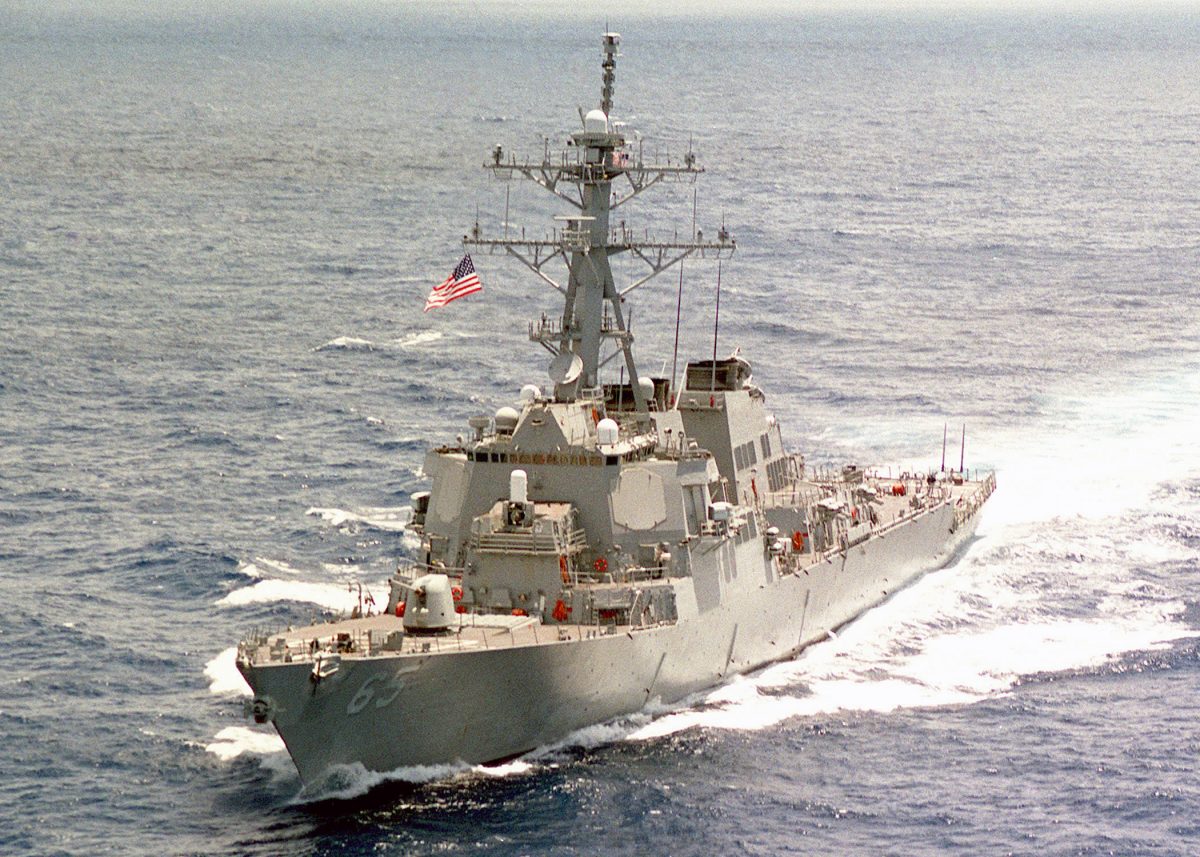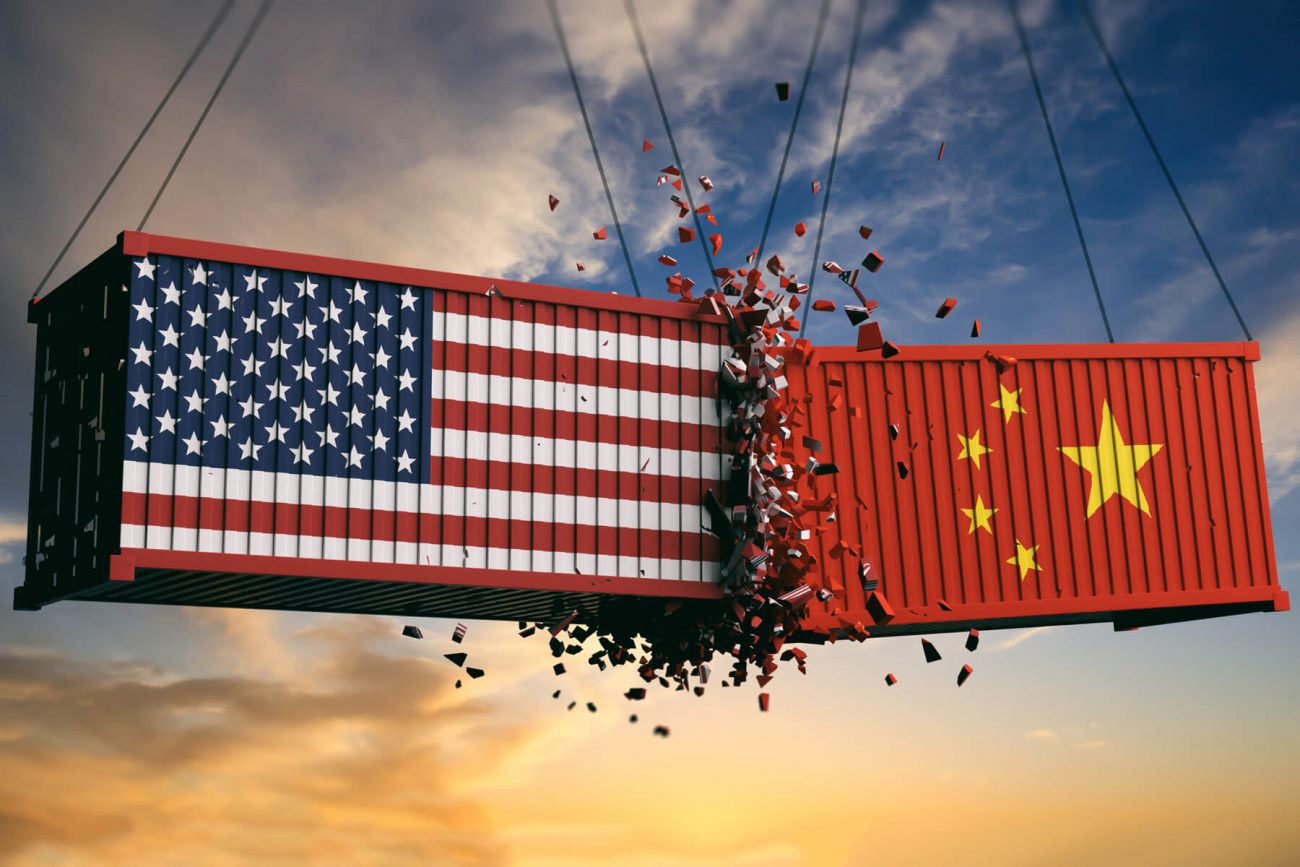OPED Amb Gurjit Singh
As global attention focused on enhanced Chinese military maneuvers around Taiwan, in response to the visit of US House Speaker Nancy Pelosi, there was a quieter exercise going on in the South China Sea (SCS). It is still on.
China’s Newest ‘Stealth Submarine’ Deployed Near Taiwan As PLA Builds Pressure On ‘Breakaway Province’
USAF’s ‘Super Scanner’ Aircraft Providing Target Coordinates To Ukraine As Russian Military Comes Under Frequent Attacks
The Garuda Shield military exercise from 1 to August 14 is an annual event between the US and Indonesia. This complements the Garuda Shakti exercise, which India and Indonesia also hold annually.
The Garuda Shield 2022 widened its scope and brought in partners to create inter-operability required during emergencies. China’s aggressive intent in the SCS led the Garuda Shield to be an exercise to prepare for situations without China.
China is guilty of several problems in the SCS, including illegal fishing, intruding into territorial waters, accessing EEZ of the littoral countries, and not following UN CLOS.
Garuda Shield 2022 added Japan, Australia, and Singapore as active partners who contributed men and material. Observers included India, Canada, France, Malaysia, South Korea, Papua New Guinea, East Timor, and the UK.
General Charles Flynn, commander of the US Army Pacific, described the exercise as essential for ongoing multilateral cooperation between armies and land forces across the Indo-Pacific.
Increasing interoperability between partners, training, and building preparedness were all vital parts of an increasing Quad plus initiative in the region. Three Quad countries, the US, Japan, and Australia, were direct participants in Garuda Shield; India was an observer.

Japan participated in Garuda Shield 2021 as an observer. It participated this time in full measure. Interestingly, when Indonesian President Jokowi recently visited Japan, his engagement’s economic thrust was not as strong as the strategic aspect.
In his discussions with PM Kishida, the salient point was that Japan would participate in the Garuda Shield exercise.
This is unprecedented, both at the scale at which the Japanese SDF is stepping out towards Indonesia and in the Indonesian priorities for Japan which have largely been economic. On July 18, the Japanese Parliamentary Vice-Minister of Defence Iwamoto was in Jakarta for meetings.
Indo-Pacific security has mainly focused on naval and air power. Still, now with a recognition that the SCS littoral requires land forces in support, these are embedded in Garuda Shield. Armies working collectively are the security architecture that binds the region together.
In most ASEAN countries, the army is the dominant part of the military since their navies are not as strong as they ought to be given their maritime responsibilities.
The US sees Garuda Shield as enhancing ‘regional cooperation in support of a free and open Indo-Pacific.’ They were careful to suggest that Garuda Shield was not aimed against any country.
Credit is given to Indonesian Military (TNI) commander Gen. Andika Perkasa for broadening the exercise.’ Andika’s ‘initiative has helped Indonesia work better with partner countries to face increasingly complex threats to its territorial integrity,’ said the Jakarta Post in an editorial.
Two thousand troops from the US and Indonesia are participating in the exercise. They are augmented by troops from Australia, Singapore, and Japan, raising the status of the exercise to a Super Garuda Shield.
It occurred mainly in Sumatra, the largest Indonesian island, and the Riau islands off the coast. Major General Steven Smith, who commanded the US contingent, said to Indonesians that Garuda Shield was to build trust, cooperation, better understanding, and increase capacity to work together.
He underplayed a threat to any country because Indonesia remains sensitive that China should not feel provoked by any action that Indonesia may take.
This is despite China laying claim over parts of the EEZ of the Natuna Islands under its nine-dash line and intruding into Indonesia’s rightful waters.
USS Charleston (LCS-18), USS Green Bay (LPD-20), one P-8 Poseidon aircraft, two LCAC, and one amphibious recon platoon joined the exercises. Singapore Navy deployed two warships, RSS Supreme and RSS Resolution.
Indonesia used KRI Makassar-590 as the command ship. Also, it deployed several elements, including the battleship KRI Bung Tomo-357, KRI Frans Kaisepo-368, KRI John Lie-358, one AKS Panther HS-1311 helicopter, five Marine Corps LVT-7 type tanks, and one Mechanical Infantry company and two Amphibious Reconnaissance teams.
Indonesia, this time brought its navy into Super Garuda Shield 2022 for the first time showing that its strategic thinking was now working more towards managing its territorial waters and events, which were subject to Chinese threats.
Australia participated for the first time and sent 90 troops, including an infantry company from the 5th Battalion of the 1st Combat Brigade in Darwin and observers from Special Operations Command and Combat Training Centre.
The new Chief of the Australian Army, Lt Gen Simon Stuart, made his first overseas visit to Baturaja in South Sumatra to participate in the inauguration.
Super Garuda Shield was matched by China announcing a series of live fire drills in the SCS in anticipation of Pelosi’s visit to Taiwan. What happened subsequently around Taiwan was in addition to these drills.

At a CSIS symposium in Jakarta, US Assistant Secretary of Defence for Indo-Pacific, Ely Ratner, said that Chinese military ships and aircraft had acted aggressively towards others within the SCS, and these instances had dramatically increased. This pattern of PLA behavior could create an avoidable incident on the high seas.
Senior Indonesian government officials were not defensive about the Garuda Shield. They saw this as a calculated decision by Jakarta to show that Indonesia could cooperate with any country they felt happy with. This is their sense of strategic autonomy because their economic intermeshing with China, both bilaterally and through RCEP, is immense.
The tri-service exercise included ‘training, academic exchanges, and professional development workshops focused on the corps-level and below.’ Their focus was on HADR, as well as combating hybrid threats.
The choice of the Riau islands as one of the locations is significant. In 2016, and 2020, Chinese fishing boats intruded into the waters near the Natuna Islands. The accompanying coast guard ships halted Indonesian prospecting for oil and gas.
The Riau Islands have administrative control over the north Natuna Sea. The naval training exercise in the area helps participating countries understand the context of the Chinese ingress into Indonesian waters.
These exercises also took place at the Amborawang Darat in East Kalimantan province, close to the new Nusantara capital city project in Penajem Paser Utara. This is in Borneo, which has Indonesian and Malaysian provinces.
Garuda Shield followed Garuda Canti Dharma 2022 in July at the Indonesian Peacekeeping Training Centre in Sentul, south of Jakarta. The two-week, multinational peacekeeping field-training exercise involved about 420 Indonesian and 70 US military personnel and about 350 peacekeepers and trainers representing 22 nations.
The Indonesian Defence Forces put more strategic heft on enhancing the defense of their outer provinces, which are most subject to intrusion by Chinese ships and fishing vessels of many countries, including other ASEAN member countries. This will significantly increase their association with friendly forces in the region.
(The author is the former Ambassador to Germany, Indonesia, Ethiopia, ASEAN and the African Union. He is the Chair, CII Task Force on Trilateral Cooperation in Africa, and a Professor, IIT Indore.)




